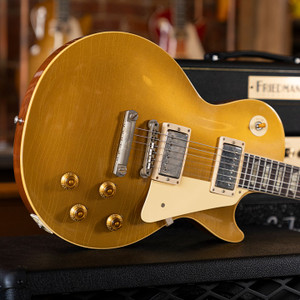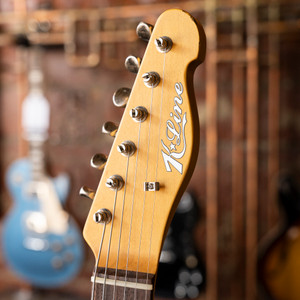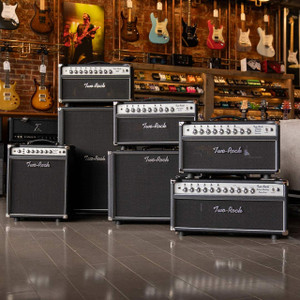Martin, Taylor, and the Evolution of Acoustic Music
Jul 25th 2019
The Evolution of Acoustic Music - Martin & Taylor Guitars
Martin, Taylor, and the evolution of acoustic music. In the years following WWII, we were most
concerned with what was new. Electric guitars and shiny cars became fixtures of the popular
aesthetic. It wasn’t until the mid-50s and 60s that the folk revival drew our interest back to the
traditional tools of the musician’s trade. Grandpa’s old Martin Dreadnought, in particular, was
embraced for its ability to cut through in an increasingly noisy world. Besides, this wasn’t going
to be no parlor music. The folk revival soon gave way to folk-rock.
Much like Pete Seeger's ears when Bob Dylan went “electric” at the Newport Folk Festival in
1965 (he threatened to chop the power line with an ax), acoustic guitars were not accustomed
to electrical amplification. The only option at the time would be to use an external microphone,
and when in competition with drums and solid-body electrics, it was easy to get drowned out.
The dreadnought had just enough volume to cut through, but smaller body sizes were best left
in the studio.
In a previous blog, I focused on the different transducers, internal microphones, and pickups
that are now available to acoustic guitarists. Historically speaking, the development of these
amplification options allowed players to choose their on-stage instruments based on virtues
other than volume. Smaller, more balanced guitars became popular among fingerstyle players,
and strummers came to prefer mid-sized guitars with plenty of mid-range punch. Martin certainly
didn’t sleep on these trends in player preference.They responded with numerous models that
bore all the modern features, such as cutaways and onboard electronics. The small and
medium sized instruments that they’d long offered, such as the 00 and OM, became all the
rage, from the couch to the stage.
Taylor Guitars emerged during this period of transition. They began building in the mid-70s and
had become a household name by the late 90s. They were, and are, an integral force in the
evolution of the “modern” acoustic guitar. Oriented towards mid-range frequencies while still
offering deep bass and sweet highs, their instruments sound pristine and decidedly like
themselves both acoustic and amplified. Although they’ve always offered Dreadnoughts, the
mid-size Grand Concert and Grand Auditorium models have proven to be their flagships. Having
pioneered numerous innovations and technologies over the years, Taylor continues to offer
modern acoustic guitars of unprecedented sophistication, consistency, and stage-tuned
musicality.
For the traditionalists and purists among us, there will always be Martin. Whereas Taylor has
been using a patented bolt-on neck design since 1999, and just recently re-invented their
internal bracing system, Martin still uses X-braces and dovetail neck-joints on most of their
guitars. Rather than tamper with the original formula, Martin has consistently made efforts over
the years to scientifically re-create the exact guitars produced during their “golden age”.
Thankfully, there’s no legal limit on the number of guitars one may own, and the allure of each
builder may be explored and enjoyed. Here at Midwood, we are neither strictly Taylor nor Martin
devotees. We are guitar players who believe in having various 6-strings for different moods and
situations. Give us a call and we can discuss the finer details of what each of our builders has to
offer.






